
This image of a market in Brittany was painted by Helen McNicoll in 1910. The sign “Eclairage Chauffage” on the building in the background seems appropriate, since the sun is beaming down and you can almost feel its warmth. McNicoll had a genius for painting light, including dappled light and filtered light.
One of my favourite McNicoll paintings is In the Tent, painted on a beach in the south of France in the summer of 1914. The diffused light is magical and you can almost feel the heat of the day.
This is the image that greets you as you enter the exhibit “Cassatt/McNicoll: Impressionists Between Worlds” currently on view at the Art Gallery of Ontario. I fell in love immediately with this picture’s light and calm. Cassatt I knew about (I once reviewed an exhibit of her art in Paris for another blog), but McNicoll was a discovery. The two women were not contemporaries and never met, but the parallels in their lives and art made for a thought-provoking exhibition.
Helen Galloway McNicoll was born in Toronto in 1879, raised in Montréal, and became deaf at the age of two after a bout of scarlet fever. She moved to England when she was 23 and attended the Slade School in London, where she received training in life drawing (something not available to women art students in Montréal). In 1905 she began studies at the Cornish School of Landscape, Figure and Sea Painting in St. Ives, which emphasized working outdoors (plein air).
England became her home base, and she maintained a studio in London, making frequent trips back to Canada to see her family and to France to paint in the company of her friend Dorothea Sharp, another artist. In fact, they were in France at St-Valéry-sur-Somme in August 1914 when the First World War broke out. Helen was excited by the activity around her and keen to stay, but McNicoll’s father was vice-president of Canadian Pacific, and the company arranged to get her and Dorothea out of France posthaste. It all happened so quickly that they had to leave some of their belongings behind. (The exhibition catalogue notes that the gallery’s collection of her sketchbooks contains nothing dating from later than 1910. Were the others left behind in France in 1914?)
Helen McNicoll died the following year, aged only 35, of complications from diabetes, in Swanage, Dorset, leaving behind an impressive body of work.
Her painting of the marketplace is unusual for her in that it depicts a crowd and a certain bustle. As one might expect from a painter who is deaf, most of her pictures depict quieter moments. Her subjects, usually shown alone or with one other person, are often absorbed in a task such as reading or sewing, seemingly oblivious to the world around them, and those depicted in a landscape may be only vaguely sketched in.
Sometimes people are missing altogether, as in Interior, painted in about 1910. It’s the strip of sunlight on the carpet and chest of drawers that I love. Eclairage. The chauffage is represented by the fireplace. (The AGO has created an extraordinary animated version of this painting for the exhibition.)
Here’s a table set for tea, but without anyone partaking.
Of course, I looked to see if there were any paintings of Paris. One, The Avenue, dating from about 1912, might have been painted in Paris. It depicts a few isolated figures among the wintry plane trees in a park.
One delightful element of the exhibit is the display of McNicoll’s sketchbooks. The Art Gallery of Ontario has even made a little video of these books, filled with quick takes on people, animals, and places. I’ve put the link at the bottom of this post.

A few of those in the sketchbooks are identified. “Dollie” is a sister, and “Amy” a cousin. The former is not to be confused with “Dolly,” Helen’s name for Dorothea Sharp (whose real name was Lydia Mary Sharp). Dorothea called Helen “Nellie.”
Dorothea Sharp (1873–1955) was six years older than Helen. She had studied in Paris at the Académie Colarossi in Montparnasse, and had been deeply influenced by the work of Claude Monet. She painted many images of children and visits to the seaside, and she and McNicoll often worked with the same models at the same time.
The book that I bought at the gallery (Samantha Burton, Helen McNicoll: Life & Work) includes two images on the same page of the same scene in 1912, one painted by Sharp and the other by McNicoll. Dorothea’s (shown first, below) is a little spikier, and I like the reflections in the water. Helen’s is softer, with one child in the shade and another in the sun, and the children are watching other children on the far shore launching a toy boat. Same scene, viewed by two different personalities.
The book also informed me that after Helen McNicoll’s death, Dorothea continued to travel and paint with a younger friend, Marcella Smith (1887–1963). Marcella had been born in England but grew up in the United States. It turns out that she too had studied at Colarossi’s and lived for many years in St. Ives, Cornwall. So I went to look for some of her paintings.

This one is called Neap Tide, St. Ives. Marcella Smith painted many maritime scenes with boats, but also flowers and landscapes.
What interested me is that those 1914 paintings from the beach in southern France appear to include Marcella as well as Dorothea. This one, painted by Dorothea, is called Marcella Smith at the Beach.
So is that picture in the exhibition of the dark-haired young woman in the tent on the beach a picture of Marcella? She would have been 27 in 1914. Or was it Dorothea, who also had dark hair but was 41 at the time? A second picture by McNicoll shows two people in the tent. Maybe it’s Dolly with the paintbox and Marcella on the blanket, or maybe not.
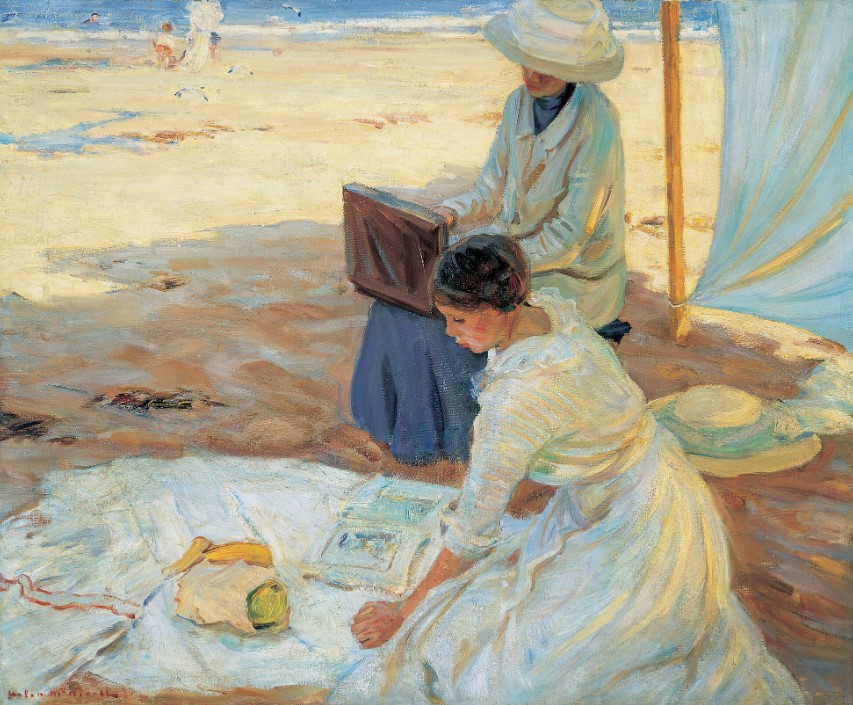
One should not necessarily read anything into these relationships beyond friendship and mutual support. For one thing, middle-class women simply could not travel alone. For example, for Canadian painter Emily Carr, travel meant travel with her sister. And in pursuing the life of a professional artist, women needed to team up. Samantha Burton, McNicoll’s biographer, writes:
Informal personal relationships…helped to bolster a woman artist’s professional career…Together, women like McNicoll and Sharp could share the costs of studio space, support one another during their travels, and give immediate feedback while they painted…Given McNicoll’s hearing loss, Sharp must also have provided important help in navigating the more practical parts of artmaking: hiring models, renting lodgings, and purchasing supplies.*
Dorothea was vice-president of the Society of Women Artists and did what she could to advance Helen’s career. In return, Helen opened some doors for Dorothea in the Montréal art market. In those days, women struggled to be recognized as professionals rather than amateurs, and women artists needed all the support they could get. And even then, their subject matter was often limited to landscapes, still life, and domestic or outdoor scenes of women and children, because those were the subjects most easily available to them.
I plan to revisit the exhibit a few more times this summer and enjoy the sunshine and warmth of the south of France without leaving Toronto. If you want to do so too, you have until September 4.
Text by Philippa Campsie. Images from the National Gallery of Canada; Helen McNicoll: Life and Work by Samantha Burton; portrait of Helen McNicoll by Robert Harris, 1910.
* Samantha Burton, Helen McNicoll: Life & Work, The Canadian Art Library, 2020, p. 68.

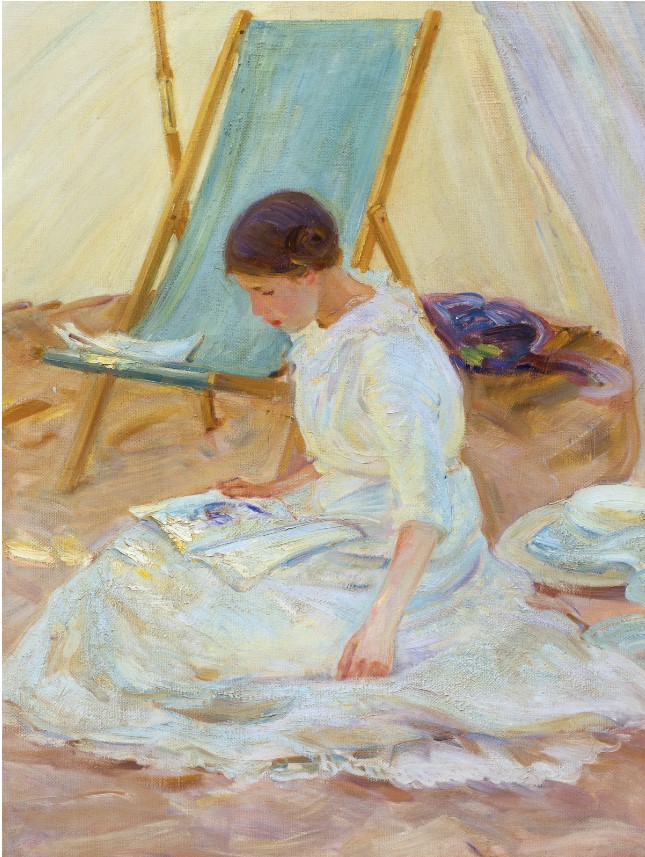


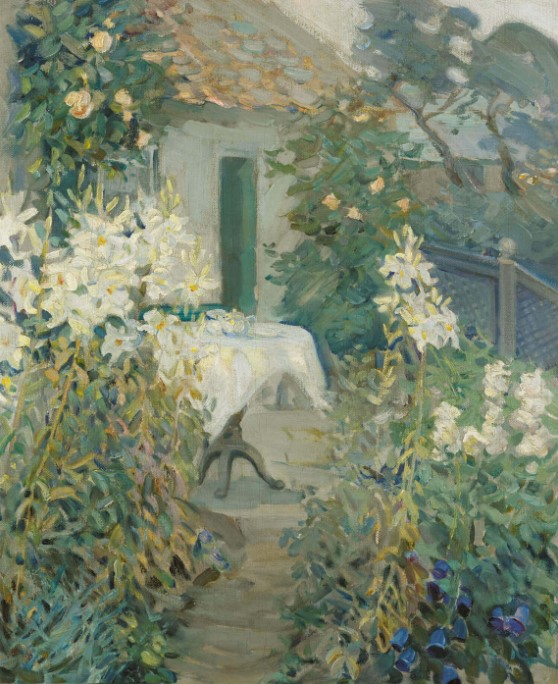
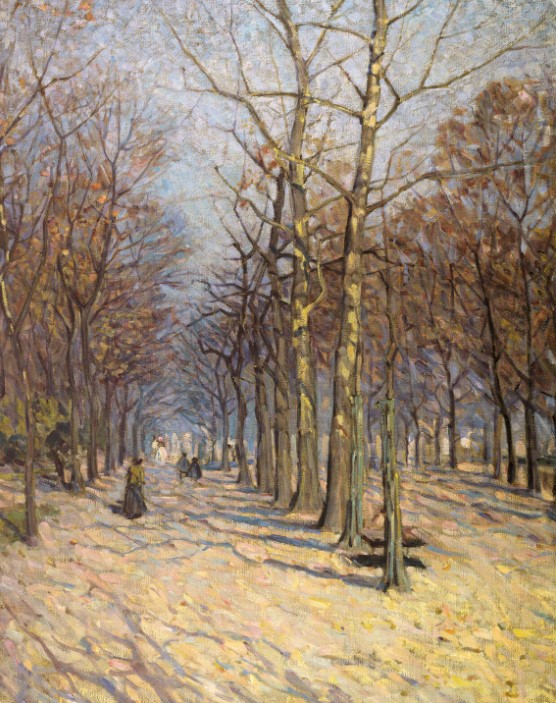
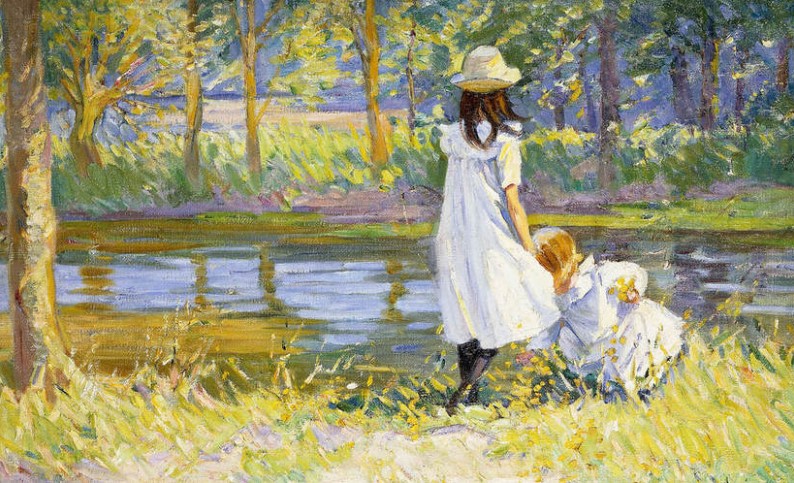







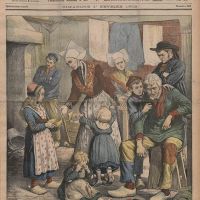
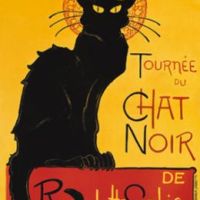


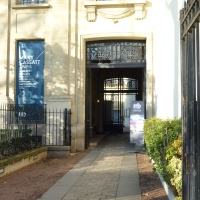
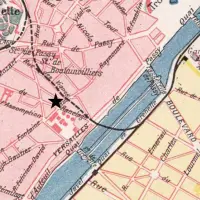









So pleased to learn of this brilliant painter McNicholl and her artist friends! Thank you for sharing so many of the images. I enjoyed the exhibit’s link as well, with further images and the animation of that bedroom scene.
It’s one of the best exhibits I have seen in a long time! Glad you followed the link.
Gorgeous pictures ! Thank you.
St Ives is very special, and has attracted artists from Turner to Hepworth to The Tate: https://www.tate.org.uk/visit/tate-st-ives/five-reasons-visit-tate-st-ives
Thank you so much for the link. I visited St. Ives years ago and found it beautiful. How could one live there and not be an artist?
Hi Philippa, Thanks for this beautiful piece about Helen McNicoll. I, too, went to the exhibition at the AGO — and want to go back. I went to school in Montréal in the 1950s with her niece and namesake, also “Helen McNicoll.” We were in the same class. About 4 times a year I zoom with 9 other classmates. Pre-covid we used to get together in person. One woman in our continuing group remained in close touch with “our Helen,” her husband and children over the years. Helen II died a few years ago. Beth
What a lovely connection! Thank you so much for letting me know. Yes, let’s get together in the next few weeks. I’ll send an email. Philippa
Absolutely fascinating and so good to know many new women artists with a few of their works! What a shame they didn’t get the recognition they should have.
Thank you for a new look at lost but newly discovered painters. Finally.
It is amazing the number of women artists of that period. The exhibition includes a photograph of the graduates of the Slade School in about 1903. It is a sea of women’s hats. One wonders what happened to them all.
Very lovely, Philippa!! I love Picking Flowers!! Thank you so much!!
God bless, C-Marie
So glad you enjoyed the blog and the pictures.
Interesting stories and what beautiful works of art!
The online images do not do the paintings full justice. They are luminous!
Thanks Philippa …so interesting to learn about a female artist I knew nothing about. Olive ________________________________
Hi Olive, It’s a great exhibit, and I think you would enjoy it. Philippa
Hi, I was delighted to read about McNicholl, an artist I had nevr come across before – thank you.